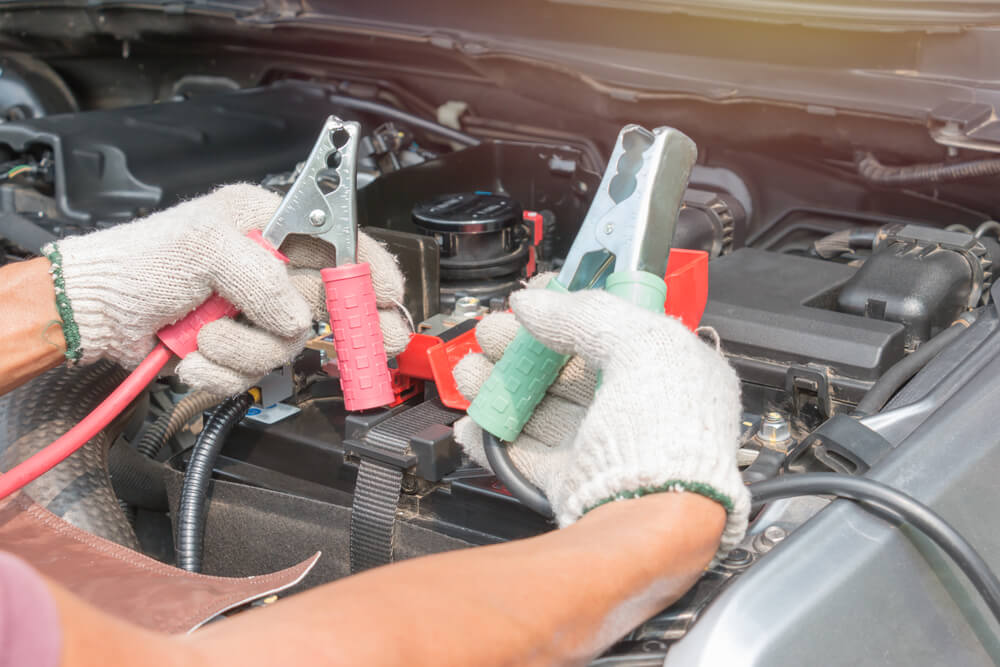Ready to Jump Start Your Car? Make Sure You Do It Right!
A proper emergency roadside kit comes with jumper cables. While they are there for when you need them, it is important you know how to use them.

After all, when your battery dies and you need a jump start, you will be dealing with voltage and electricity – which means a risk of electrocution if done improperly.
For the most part, jumping a battery is safe. However, you must ensure the vehicle you are using to jump start your own vehicle has similar voltage on the battery, and that the proper grounding is in place to prevent a jolt. Sometimes, your battery is beyond the jump start phase. When this happens, bring it to a professional for auto repair in Chilliwack to see what the issue might be.
How to Properly Jump Start a Vehicle
Whether you are jump starting your vehicle or being a Good Samaritan, be sure to follow these expert tips for jumping the battery the right way. Also, never jump start a vehicle with an electric ignition or alternative fuel system. Doing so could permanently damage your vehicle and theirs.
- Use a Quality Set of Jumper Cables: Jumper cables are sold at all price points, but a quality set will pay for itself in the long run. Keep your jumper cables in your vehicle always, preferably in the trunk or roadside kit.
- Position Vehicles: Pull your vehicle or the supporting vehicle up close and face one another. Put both vehicles in “Park” or “Neutral,” then turn off each car’s ignition. To prevent movement, put the emergency parking brake on for both cars too.
- Attach the Clips Properly: Now comes the technical part. Attach one red clip to the positive terminal (plus sign) of your battery. You will notice that the positive terminal is bigger than the negative terminal. Next, attach the other red clip to the positive terminal on the assisting vehicle’s battery. Attach the other clip on the negative terminal of the other battery first, then attach the last black clip to an unpainted metal surface on your vehicle – like the metal struts used to hold your hood open.
- Start the Engine: Start the vehicle with a full battery first. Allow it to run and generate power for a few minutes. Then, start your engine.
If your battery will still not jump, turn it off and make sure your cables are connected properly. Allow the jumping vehicle to run their battery a minimum of five minutes before trying again.
Do not turn off your vehicle after you get it running. Instead, drive it around for at least 15 minutes to bring back up the charge. If you do drive around and the battery does not hold the charge, it is time for a new battery.
Having Battery Issues? Bring it in for Auto Repair in Chilliwack
When your battery will not start or hold a charge, bring it in for a diagnostic appointment. The Chilliwack mechanics at Minit-Tune & Brake Auto Centres can help diagnose the issue, replace your battery if necessary, and get you back on the road once again.
Take advantage of numerous locations and find an auto repair shop near you today. For concerns about your vehicle’s battery or our comprehensive list of services, contact a centre in your area today.
MINIT-TUNE BLOG
Minit-Tune & Brake Auto Centres Address Common Issues
Here at Minit-Tune & Brake Auto Centres in British Columbia, we’re always pleased to help our customers get the most out of their cars and trucks. To that end, we’ll add a relevant blog topic from time to time to keep you up to date and getting the most out of your vehicle.
